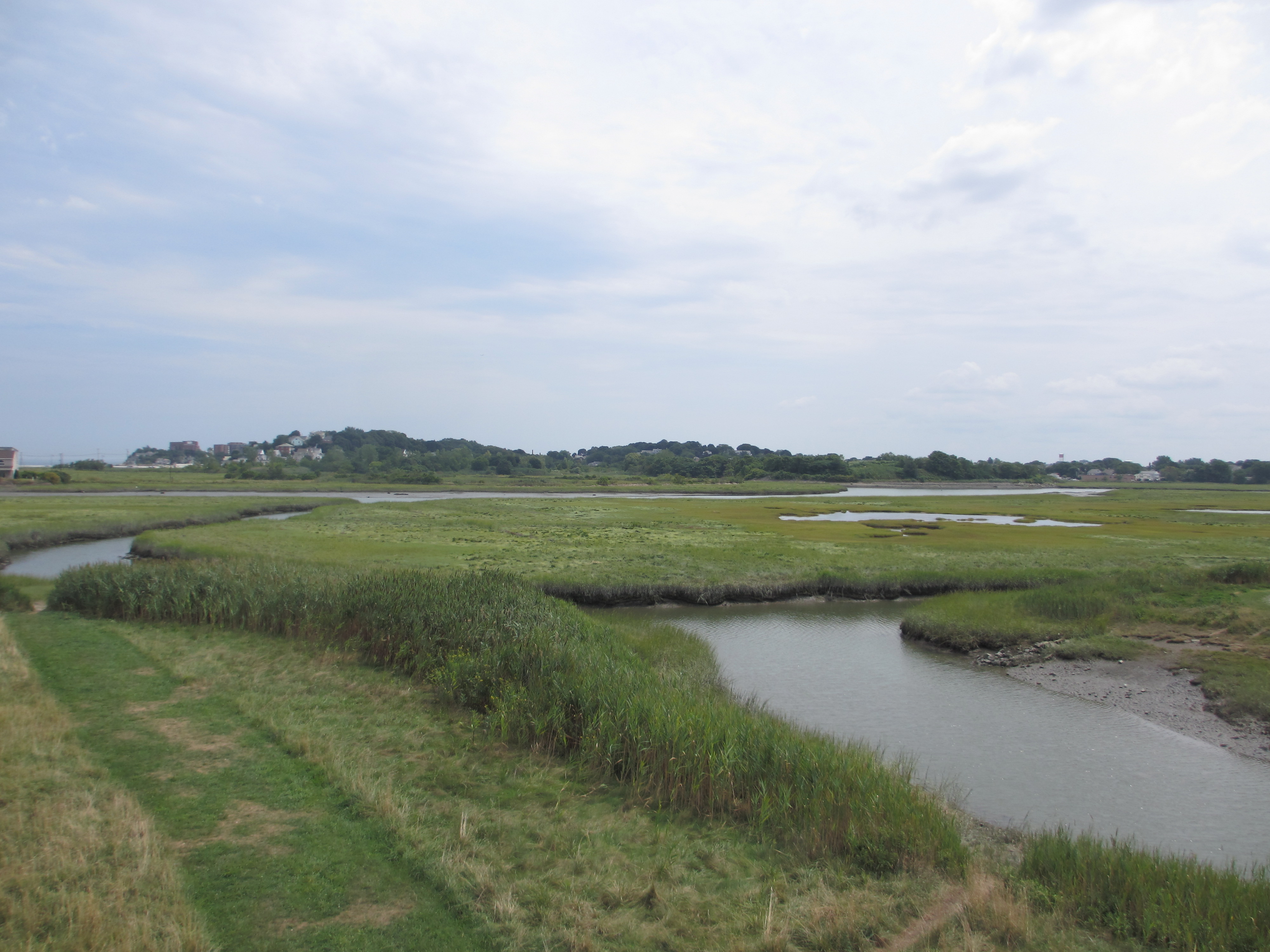By Valerie Perini
The impact of trait variation within a species is an emerging question in community ecology, with the potential to provide an important link between our understanding of evolutionary and ecological processes. Many studies investigating this intraspecific variation have focused on plant species, but emerging work has highlighted the potential for morphological, behavioral, and lifestyle variation within animal species to influence community dynamics, especially in food webs with close plant-consumer associations. A recent study lead by Assistant Professor Randall Hughes and co-authored by post-doctoral researcher Torrance Hanley and PhD student Robyn Zerebecki, investigates this concept via field observations and laboratory manipulations in a salt marsh food web.
In the study, appearing the in the journal Ecology and Evolution, Hughes and lab members documented within species variation between individuals of the marsh periwinkle (Littoraria irrorata), living on different host plant species. The researchers also conducted a 12-week laboratory experiment to examine how variation in periwinkle traits influenced the structure and dynamics of the marsh plant community. The researchers found many differences in morphology and behavior of periwinkles living on different species of plants. Experiments revealed that these differences in snail traits influenced the effects of predator presence and plant community composition; specifically differences were detected in overall plant stem height, density, and biomass of two key plant species in the marsh.
These results indicate that trait variation within a consumer species, whether caused by genetics or phenotypic plasticity, impacted the marsh food web by altering the cascading effects of top predators on plant communities over seasonal time scales. This study illustrates that by altering food web dynamics, intraspecific variation may have significant ecological consequences that can drive processes over longer time scales, such as further trait divergence in subsequent consumer populations.

